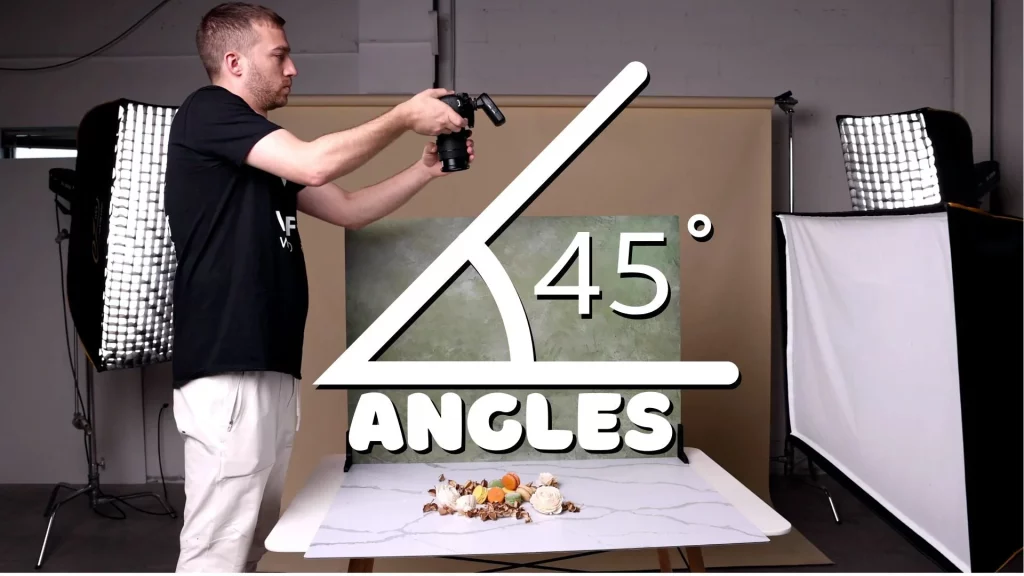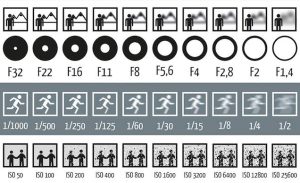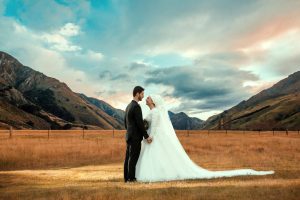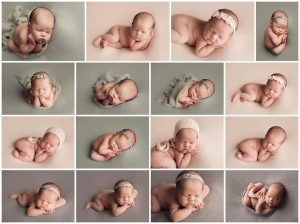Food photography is an art that requires careful attention to lighting, composition, and angles. Choosing the right angle can make a significant difference in how appetizing and visually appealing a dish looks. The best angle depends on the type of food, its shape, texture, and the story you want to convey. Here’s a guide to the most effective angles for food photography and how to use them to capture stunning images.
1. The Overhead (Flat Lay) Angle
Best For:
- Dishes with interesting surface details (e.g., pizzas, salads, charcuterie boards, smoothie bowls).
- Multiple elements arranged in a flat layout (e.g., brunch spreads, food platters).
The overhead angle (90 degrees) is one of the most popular choices in food photography. It provides a top-down view, making it perfect for compositions that focus on shape, color, and pattern. This angle works best for dishes that are flat or spread out rather than tall or layered.
Tips for the Overhead Angle:
- Use a clean and simple background to avoid distractions.
- Arrange elements neatly to create an aesthetically pleasing composition.
- Utilize props like utensils, napkins, or fresh ingredients to enhance the story.
2. The 45-Degree Angle
Best For:
- Most plated meals (e.g., pasta, soups, burgers, sushi).
- Foods with depth and texture that need dimension.
A 45-degree angle mimics the way people typically view food when seated at a table. It gives a balanced perspective, showing both the top and some of the side details of a dish. This makes it a versatile choice for various types of food photography.
Tips for the 45-Degree Angle:
- Ensure even lighting to highlight textures and colors.
- Use a shallow depth of field to keep the food in focus while softly blurring the background.
- Experiment with different placements of side elements, such as cutlery or garnishes, to add context.
3. The Eye-Level (Side View) Angle
Best For:
- Layered foods (e.g., burgers, sandwiches, cakes, parfaits).
- Beverages with visible layers (e.g., lattes, cocktails, milkshakes).
The eye-level angle (0 degrees) is ideal for showcasing the height and layers of a dish. It emphasizes textures, fillings, and intricate details that wouldn’t be visible from above.
Tips for the Eye-Level Angle:
- Use a contrasting background to make the dish stand out.
- Highlight layers by placing a light source at the side to create depth.
- Focus on the most visually interesting part of the dish, such as a dripping sauce or a crispy topping.
Choosing the Best Angle for Your Shot
When deciding on the best angle, consider the following:
-Food Shape & Structure: If the food has layers, an eye-level angle works best; if it’s flat, an overhead shot is ideal.
-Storytelling Elements: Think about how the shot conveys the dining experience—whether it’s a single meal or a feast.
-Experimentation: Try multiple angles to see which one enhances the dish’s appeal the most.
Mastering angles in food photography can dramatically improve the visual impact of your shots, making dishes look irresistibly delicious!




